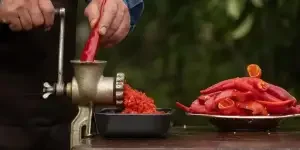In 2025, the manual meat grinder market continues to thrive, driven by the rising popularity of home cooking and DIY food preparation. This article delves into the essential factors professional buyers must consider, offering valuable insights and guidance to help make informed purchasing decisions.
Table of Contents:
-Manual Meat Grinder Market Overview
-In-Depth Analysis of the Manual Meat Grinder Market
-Recent Innovations and Consumer Preferences
-Key Factors When Selecting a Manual Meat Grinder
-Importance of Material and Build Quality
-Enhancing Performance with Accessories and Add-ons
-How to Maintain Your Manual Meat Grinder
-Final Thoughts on Manual Meat Grinders
Manual Meat Grinder Market Overview
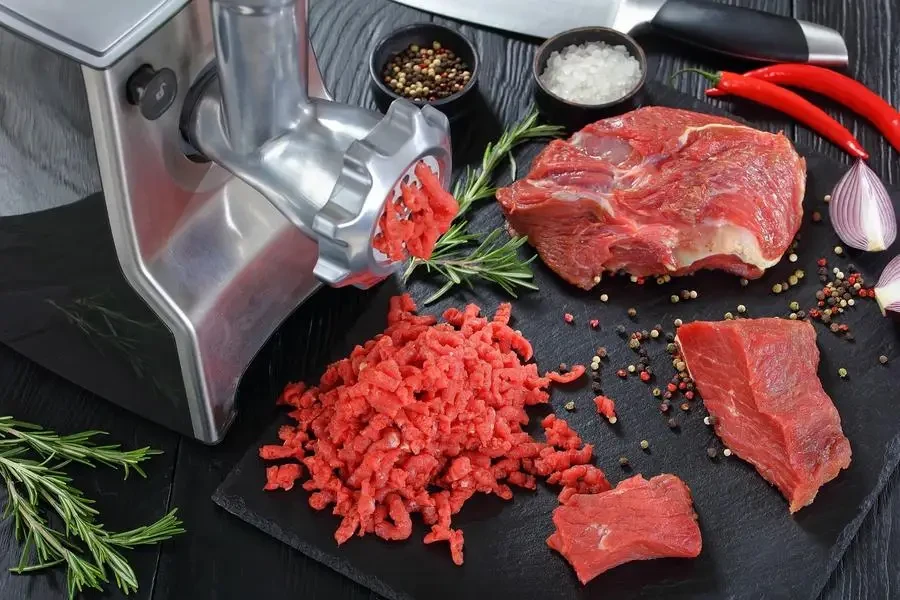
The global manual meat grinder market has shown growth, driven by increasing consumer interest in home cooking and food preparation. In 2024, the market size reached an estimated USD 1.2 billion, with projections to grow to USD 1.5 billion by 2029, reflecting a CAGR of 4.6%. This growth is due to the rising demand for manual meat grinders in both developed and developing economies, where consumers prioritize durability and cost-effectiveness over electric alternatives.
Asia-Pacific remains the largest regional market, accounting for 35% of the global share, owing to the high population density and increasing middle-class income. North America and Europe follow, each holding approximately 25% of the market share. The manual meat grinder market in these regions is supported by a strong tradition of home-cooked meals and the growing trend of DIY food preparation.
Key players in the market include brands such as LEM Products, Weston, and Gideon. These companies maintain a competitive edge through continuous product innovation and robust distribution networks. They focus on enhancing product durability and ease of use, which are critical for consumer satisfaction.
In-Depth Analysis of the Manual Meat Grinder Market
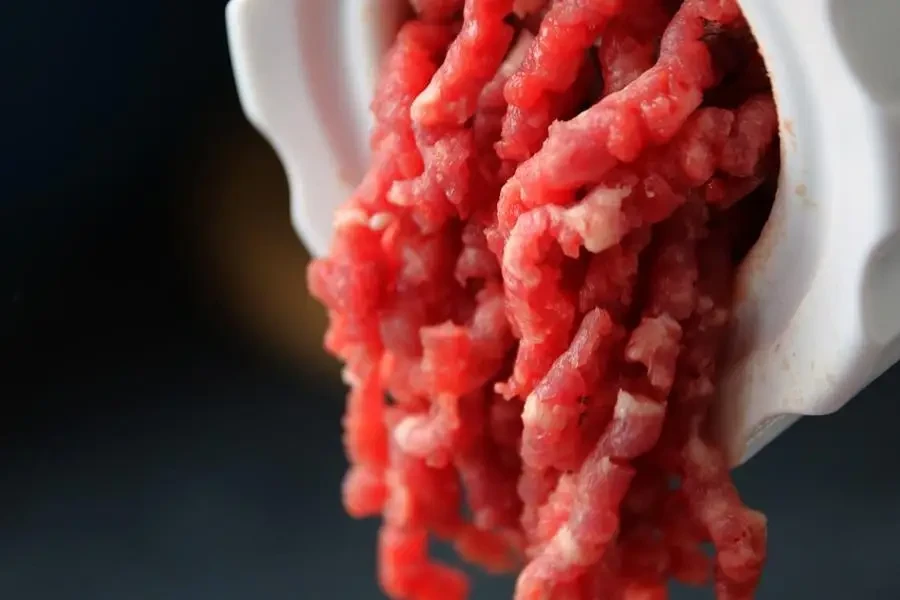
Manual meat grinders are evaluated based on performance benchmarks such as grinding efficiency, durability, ease of cleaning, and material quality. Stainless steel and cast iron are preferred due to their longevity and resistance to corrosion. Innovations in design have led to more ergonomic and user-friendly products, which have been well-received in the market.
Market dynamics reveal a shift towards online distribution channels, now accounting for 40% of sales. This shift is driven by the convenience of online shopping and the availability of a wider product range. Specialty retail stores and large chain supermarkets also play a significant role in product distribution for consumers who prefer in-store purchases.
Economic factors such as rising disposable incomes and increasing urbanization have positively influenced market growth. In developing regions, the affordability of manual meat grinders compared to electric variants has spurred demand. Consumer behavior has also shifted towards healthier eating habits, with a preference for freshly ground meat over pre-packaged options, further driving market growth.
Recent Innovations and Consumer Preferences
Recent innovations in the manual meat grinder market include advanced blade technologies and multi-functional capabilities. Some models now come with attachments for sausages and pasta, enhancing their versatility. These innovations cater to the growing demand for multi-functional kitchen appliances that offer value for money.
Digitalization has also impacted the market, with manufacturers leveraging e-commerce platforms to reach a broader audience. Social media marketing and influencer endorsements have become crucial in brand positioning strategies, especially among younger consumers who prefer online research and purchases.
Customer pain points such as difficulty in cleaning and the manual effort required for grinding have led to product differentiation strategies. Brands are focusing on easy-to-clean designs and ergonomic handles to enhance user experience. Niche markets, such as those catering to outdoor enthusiasts and small-scale food producers, have also emerged, highlighting the adaptability of manual meat grinders to various consumer needs.
Key Factors When Selecting a Manual Meat Grinder
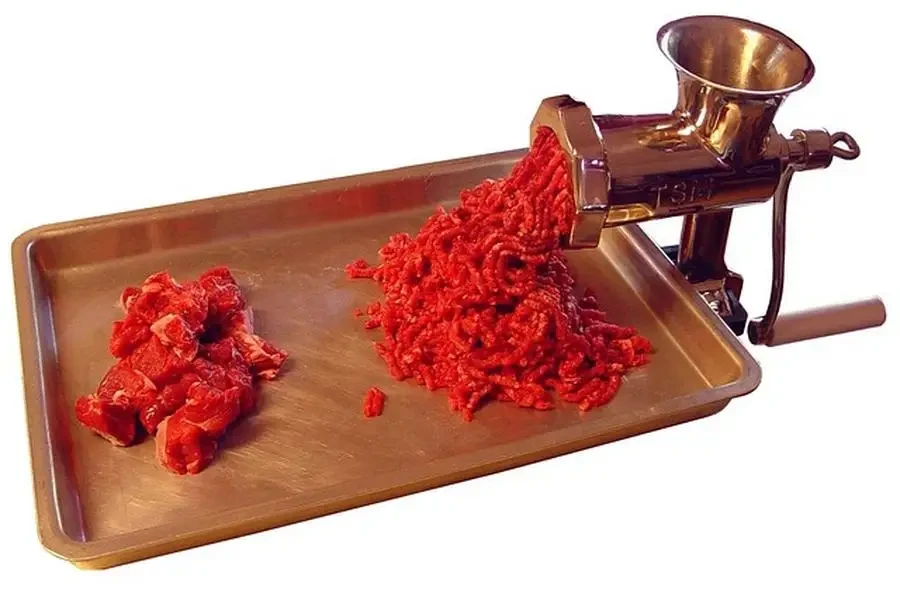
When choosing a manual meat grinder, several critical factors ensure you invest in a product that meets your needs and performs well. Below, we explore these key factors in detail.
Material and Build Quality
The material and build quality of a manual meat grinder are crucial for its durability and performance. Most high-quality manual meat grinders are made from stainless steel or heavy-duty cast iron. Stainless steel is resistant to rust and corrosion, making it ideal for maintaining hygiene. Cast iron, while more prone to rust, offers exceptional durability and can withstand rigorous use over time.
For instance, the Weston 36-1001-W #10 Deluxe Manual Meat Grinder is built with heavy-duty cast iron, allowing it to grind 2-3 pounds of meat per minute efficiently. The robust material ensures it can handle tougher cuts of meat without compromising the grinder’s integrity.
Ease of Use and Ergonomics
Ease of use and ergonomic design are essential for a comfortable and efficient grinding process. Manual meat grinders require physical effort, so features like a comfortable hand crank and a secure clamping mechanism are important. The hand crank should be smooth and easy to rotate, reducing strain on the user’s wrist and arm.
Models like the Weston 36-1001-W come with a convenient C-clamp, allowing the grinder to be securely attached to a countertop or table. This stability is vital for maintaining control during grinding and preventing accidents.
Grinding Capacity and Performance
The grinding capacity and performance of a manual meat grinder depend on the size of the grinder and the design of the grinding plates. Manual grinders typically come with various grinding plates for different textures, from coarse to fine grinds. The size of the grinder, indicated by numbers like #10 or #22, correlates with the diameter of the grinding plates and the overall capacity.
For example, the Weston 36-1001-W #10 Deluxe Manual Meat Grinder includes two grinding plates, enabling users to achieve different meat consistencies. This versatility is useful for making various meat products, such as sausages, burgers, and meatloaf.
Maintenance and Cleaning
Proper maintenance and cleaning are essential for the longevity and hygiene of a manual meat grinder. Stainless steel and cast iron components should be cleaned thoroughly after each use to prevent rust and bacterial growth. Disassembling the grinder for cleaning should be straightforward, with easily removable parts that can be washed in hot, soapy water.
Sanitizing the grinder is crucial, especially for commercial use, to comply with food safety standards. Using a food-safe lubricant on moving parts can help maintain smooth operation and prevent wear and tear.
Accessories and Add-ons
The availability of accessories and add-ons can enhance the functionality of a manual meat grinder. Common accessories include sausage stuffing tubes, additional grinding plates, and meat pushers. These add-ons expand the grinder’s capabilities, allowing users to create a wider variety of meat products.
For example, the Weston 36-1001-W #10 Deluxe Manual Meat Grinder comes with three stuffing funnels, making it versatile for sausage making. Investing in a grinder with a range of accessories provides better value for money and greater flexibility in meat processing tasks.
Importance of Material and Build Quality
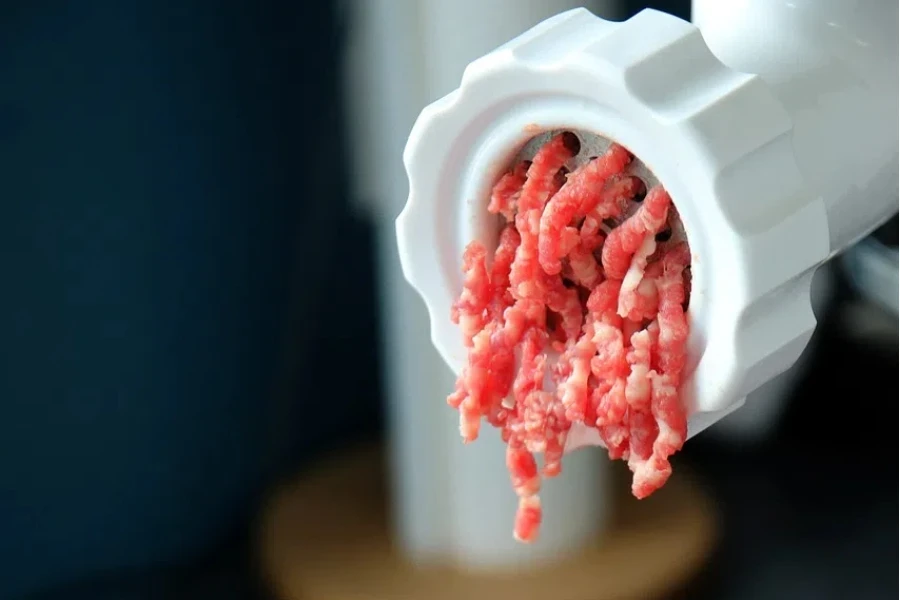
The material and build quality of a manual meat grinder play a crucial role in its overall performance, durability, and safety. High-quality materials ensure that the grinder can withstand frequent use and the rigors of processing different types of meat without deteriorating.
Stainless Steel vs. Cast Iron
Stainless steel and cast iron are the primary materials used in manual meat grinders. Stainless steel is favored for its rust-resistant properties, ease of cleaning, and ability to maintain hygiene standards. It is particularly suitable for environments where the grinder will be exposed to moisture frequently.
Cast iron, while more prone to rust, offers exceptional durability and strength. It can handle tougher cuts of meat and provides a solid, stable grinding experience. Proper maintenance, such as regular cleaning and oiling, can mitigate rust issues with cast iron grinders.
Durability and Longevity
A manual meat grinder made from high-quality materials will last longer and maintain its performance over time. For example, the heavy-duty cast iron construction of the Weston 36-1001-W ensures it can endure regular use without showing signs of wear and tear. This durability is essential for both home cooks and commercial establishments that rely on consistent performance.
Safety and Hygiene
The material and build quality also impact the safety and hygiene of the meat grinder. Stainless steel components are easier to sanitize and less likely to harbor bacteria, contributing to safer food preparation. Additionally, high-quality construction reduces the likelihood of parts breaking or malfunctioning, which can pose safety risks during operation.
Enhancing Performance with Accessories and Add-ons
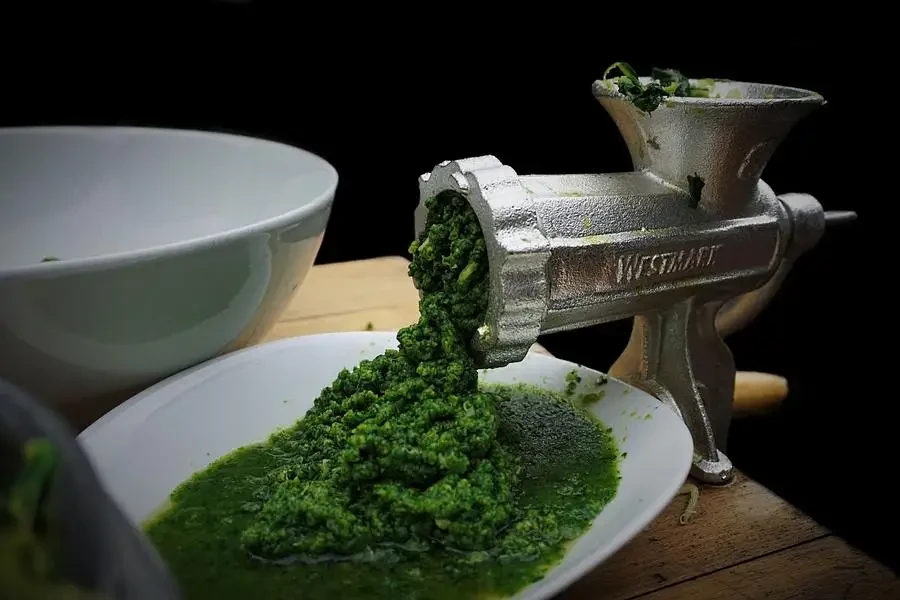
Accessories and add-ons can significantly enhance the performance and versatility of a manual meat grinder, allowing users to customize their grinding experience and expand the range of products they can create.
Sausage Stuffing Tubes
Sausage stuffing tubes are a valuable accessory for anyone looking to make homemade sausages. These tubes come in various sizes to accommodate different sausage casings, providing flexibility in sausage production. The Weston 36-1001-W, for example, includes three stuffing funnels, enabling users to create sausages of varying diameters.
Additional Grinding Plates
Having multiple grinding plates with different hole sizes allows for greater control over the texture of the ground meat. Coarse plates are ideal for making chunky sausages and burgers, while finer plates are better suited for smooth pates and spreads. Investing in a grinder that includes or can be fitted with a variety of plates enhances its versatility.
Meat Pushers and Stompers
Meat pushers, or stompers, help guide the meat into the grinder safely and efficiently. They reduce the risk of jams and ensure that the meat is processed evenly. Using a pusher also minimizes direct contact with the meat, maintaining hygiene standards and preventing contamination.
Maintenance Kits
Maintenance kits, which may include lubricants, brushes, and cleaning solutions, are essential for keeping the grinder in optimal condition. Regular maintenance prolongs the life of the grinder and ensures consistent performance. Some models, like the Weston 36-1001-W, come with comprehensive kits that make upkeep straightforward and hassle-free.
How to Maintain Your Manual Meat Grinder
Proper maintenance of a manual meat grinder is vital for ensuring its longevity, performance, and hygiene. Regular cleaning and care can prevent mechanical issues and keep the grinder operating smoothly.
Cleaning Procedures
After each use, disassemble the grinder and wash all parts that come into contact with meat in hot, soapy water. Use a brush to scrub away any meat residue, particularly on the grinding plates and knife. Rinse thoroughly to remove all soap and allow the parts to air dry completely before reassembling.
Lubrication
Using a food-grade lubricant on the moving parts of the grinder, such as the auger and crank handle, helps maintain smooth operation and reduces wear. Lubricate the grinder periodically, especially if it is used frequently, to prevent rust and ensure that all components move effortlessly.
Storage
Store the grinder in a cool, dry place to prevent rust and corrosion. For cast iron grinders, consider applying a light coat of vegetable oil to the parts before storage to protect against moisture. Keeping the grinder disassembled and in a designated container can also prevent damage and make it easier to locate all parts when needed.
Regular Inspections
Regularly inspect the grinder for signs of wear, such as dull blades or damaged plates. Replace any worn or damaged parts promptly to maintain the grinder’s efficiency and safety. Keeping a set of replacement parts on hand can minimize downtime and ensure that the grinder is always ready for use.
Final Thoughts on Manual Meat Grinders
Selecting a manual meat grinder involves careful consideration of several key factors, including material and build quality, ease of use, grinding capacity, maintenance, and available accessories. By choosing a high-quality grinder and maintaining it properly, you can ensure consistent performance and longevity, making it a valuable addition to any kitchen.
In summary, manual meat grinders offer versatility and control in meat processing tasks, from making sausages to grinding meat for burgers and pates. Investing in a well-constructed grinder with the right accessories can enhance your culinary capabilities and provide many years of reliable service.
